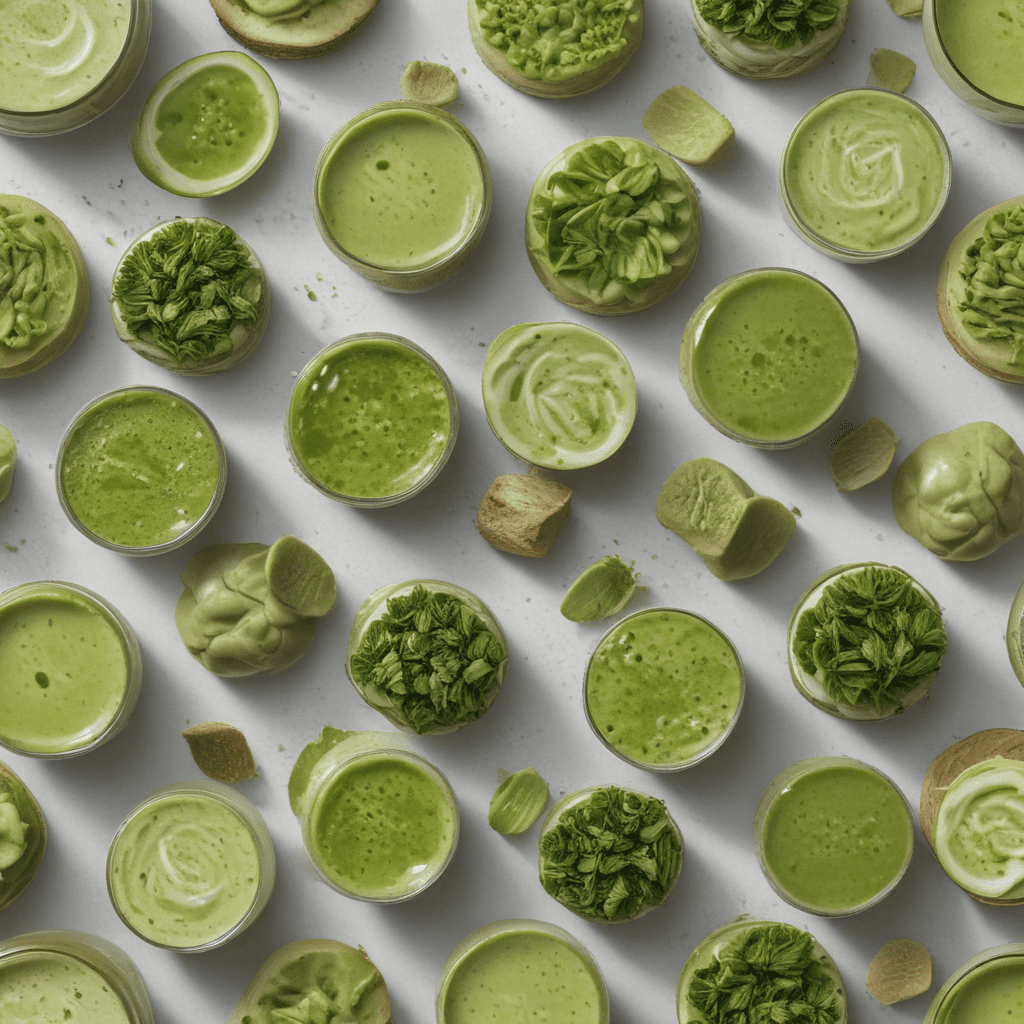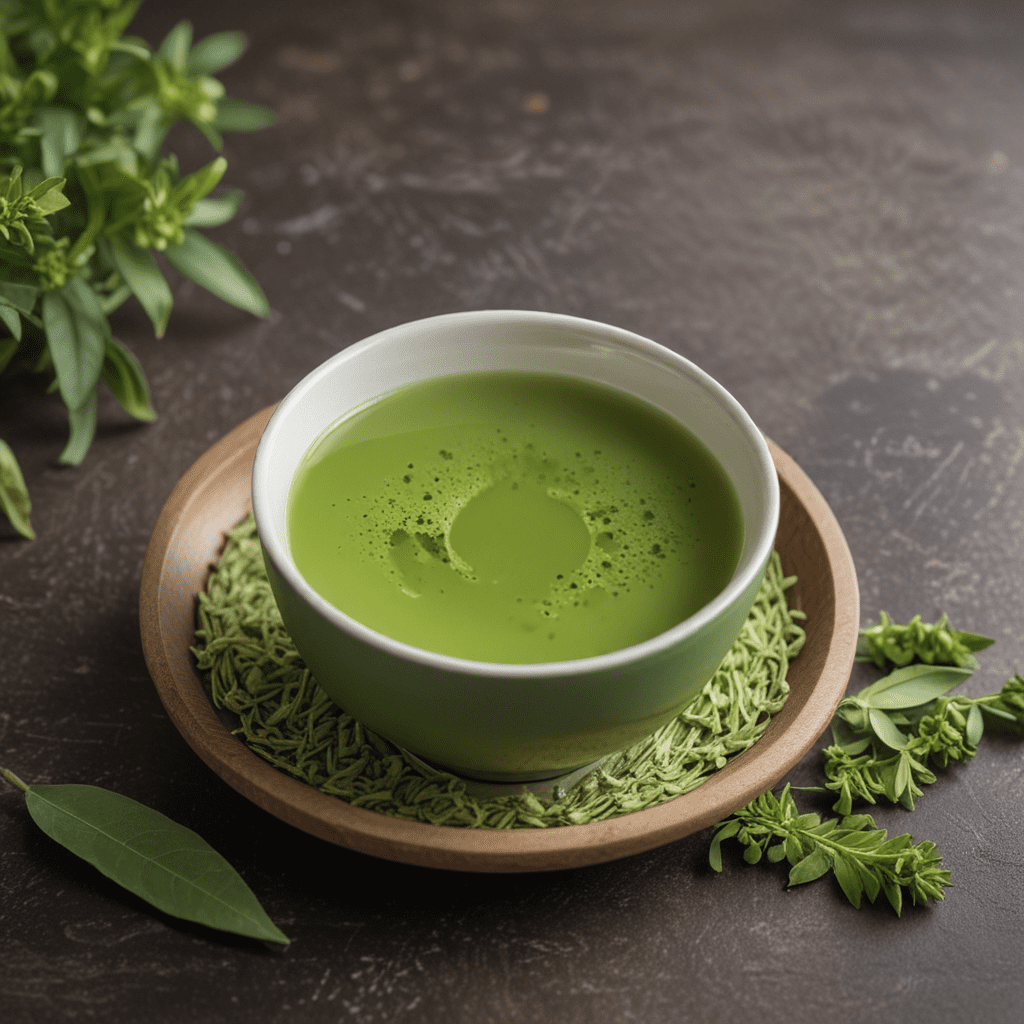
Removing Caffeine from Black Tea: A Sip into Decaffeination Processes
Introduction
Black tea is a beloved beverage enjoyed by many, known for its rich flavor and aroma. However, for those who are sensitive to caffeine or prefer to limit their intake, decaffeinated options are available. In this blog post, we will explore the various techniques used to decaffeinate black tea, ensuring you can still enjoy a cup of tea without the stimulating effects of caffeine.
1. Water Processing
Water processing, also known as the “Swiss Water method,” is a natural and chemical-free way to decaffeinate black tea. The process involves soaking the tea leaves in hot water to extract the caffeine, filtering the water through activated carbon to remove the caffeine molecules, and then reintroducing the tea leaves to the now-caffeine-free water to reabsorb their flavor compounds.
2. Carbon Dioxide (CO2) Method
The carbon dioxide method involves exposing moistened tea leaves to pressurized carbon dioxide, which acts as a solvent to extract the caffeine. The carbon dioxide is then evaporated, leaving behind decaffeinated tea leaves. This method is considered safe and effective, as it doesn’t involve the use of chemical solvents.
3. Ethyl Acetate Method
The ethyl acetate method, also known as the “natural solvent method,” uses a natural compound derived from fruits to decaffeinate tea leaves. The tea leaves are soaked in water, and ethyl acetate is added to extract the caffeine. After the caffeine is removed, the tea leaves are dried and undergo a process to remove any residual ethyl acetate.
4. Methylene Chloride Method
The methylene chloride method is a chemical solvent-based technique. Tea leaves are soaked in water, and methylene chloride is used to extract the caffeine. The tea leaves are then rinsed to remove any residual solvent, ensuring a safe and decaffeinated end product. However, some individuals may prefer methods that do not involve chemical solvents.
5. Steam Processing
In the steam processing method, tea leaves are exposed to pressurized steam, which opens up their pores. The caffeine is then extracted using a solvent, such as ethyl acetate or water. Finally, the tea leaves are dried and processed to remove any residual solvents, resulting in a decaffeinated tea without the use of harsh chemicals.
6. Effervescence Method
The effervescence method is a variation of the carbon dioxide method. In this process, the tea leaves are soaked in water and treated with carbon dioxide under specific conditions, causing the caffeine to dissolve. The carbon dioxide is then removed, leaving behind decaffeinated tea leaves. This method offers a more controlled and precise caffeine removal process.
7. Indirect Method
The indirect method involves extracting caffeine from the tea leaves using a solvent, such as ethyl acetate or water. However, instead of discarding the tea leaves after extraction, they are used as a base to make instant tea powder or tea extracts. This method allows for the caffeine to be removed without wasting the tea leaves.
FAQ
Q: Does decaffeinated black tea have no caffeine at all?
A: While decaffeinated black tea undergoes processes to remove a significant portion of caffeine, it may still contain trace amounts. However, the caffeine content is significantly reduced compared to regular black tea.
Q: Is decaffeinated black tea less flavorful than regular black tea?
A: Decaffeination processes can affect the flavor profile of black tea. However, most methods aim to minimize flavor loss by preserving the natural compounds responsible for the tea’s taste and aroma. Some tea enthusiasts even find decaffeinated black tea to have a smoother and more mellow flavor.
Q: Are there any health benefits associated with decaffeinated black tea?
A: Decaffeinated black tea still retains many of the health benefits associated with regular black tea, such as antioxidants and potential cardiovascular benefits. However, it is essential to note that specific health benefits may vary depending on the decaffeination process used.
Q: Can I decaffeinate black tea at home?
A: Decaffeination processes require specialized equipment and expertise. Attempting to decaffeinate black tea at home is not recommended, as it may lead to inconsistent results or potential health risks. It is best to purchase decaffeinated black tea from reputable sources.
Q: Are there any harmful chemicals used in the decaffeination processes?
A: While some decaffeination methods involve the use of chemical solvents, strict regulations and safety measures are in place to ensure that residual solvents are minimized or eliminated before the tea leaves reach consumers. It is essential to choose tea brands that prioritize safety and quality.


